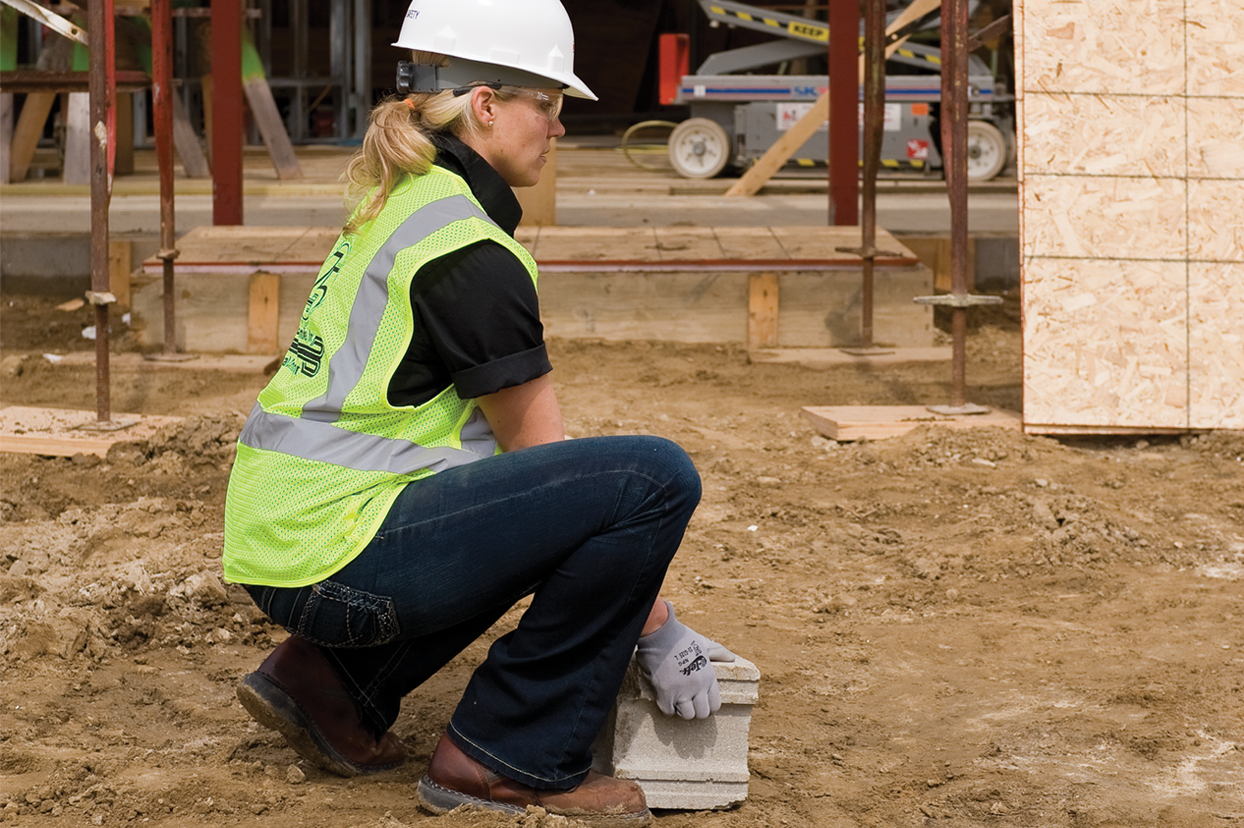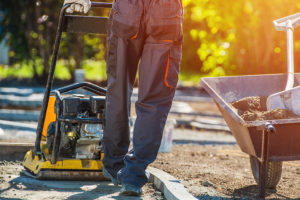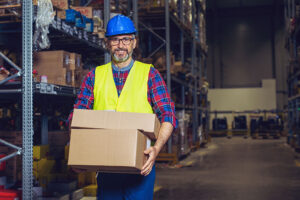June 8, 2017
Top 7 workplace safety tips
Want to make your workplace safer, but unsure where to start? Or maybe you want to be sure you have all the basics covered before you delve deeper in a certain area.
Either way, these seven essentials, identified by SFM’s loss prevention staff, will help make your organization a safer place to work.
1. Know the hazards
To reduce your risk of work-related injury or illness, you must first know the particular hazards of your job or workplace.
Help identify hazards by downloading this free workplace safety analysis checklist . You can also learn about risks by analyzing all workplace injuries to find the root causes and asking your staff for input.
2. Reduce workplace stress
Job stress has been linked to health problems, higher health care costs, increased risk of workplace accidents and more. Take steps to prevent stress from interfering with employees’ productivity, health and well-being with these strategies to reduce stress in the workplace.
3. Get up and move
Encourage employees to take breaks and move around regularly throughout the day. Simply working in small breaks for movement can make a big difference in combating the dangers of staying in a static position all day long.
4. Pay attention to ergonomics
Use ergonomically designed furniture and equipment , and rearrange work areas to maintain a neutral posture and keep everything within easy reach.
5. Use safe lifting techniques
Use four safe moves when picking up and carrying heavy loads: Lift from a position of power, keep the load close to your body, use a staggered stance and don’t twist.
And watch the weight — the National Institute for Occupational Safety and Health recommends limiting manual lifting to a maximum of 35 pounds for the average person. Check out more safe lifting techniques or our lifting safety video to see the technique in action.
6. Ensure employees wear personal protective equipment
Personal Protective Equipment (PPE) can dramatically reduce risk of injury if worn correctly. Examples of PPE include gear such as earplugs, hard hats, safety goggles, gloves, full-face masks and safety shoes.7. Encourage employees to speak up.
Ask for input from employees often, and ensure everyone feels comfortable bringing safety hazards to their supervisors’ attention.
7. Encourage employees to speak up
Ask for input from employees often, and ensure everyone feels comfortable bringing safety hazards to their supervisors’ attention.
Workplace safety matters to every industry
When we think about workplace safety, images of construction workers hanging off skyscrapers or power line technicians in cherry pickers often pop into our heads, but there are hazards in any workplace — even office environments.
According to the Bureau of Labor Statistics , the top three causes of workplace injuries accounting for at least one day away from work in 2015 (the most recent statistics available) were:
- Slips, trips and falls
- Overexertion in lifting (such as a strain or sprain caused by lifting something too heavy)
- Contact with an object or equipment (being hit by something)
While some injuries might be unlikely in an office or other relatively low-risk environment, certainly a slip-and-fall or lifting injury is possible anywhere.
Reducing hazards as much as possible and training employees about the risks can go a long way toward prevention. SFM offers a number of free resources to prevent indoor slips and falls, winter slips and falls and lifting injuries.
Want more content like this?
Get the latest Simply Work Comp blog posts in your inbox.





